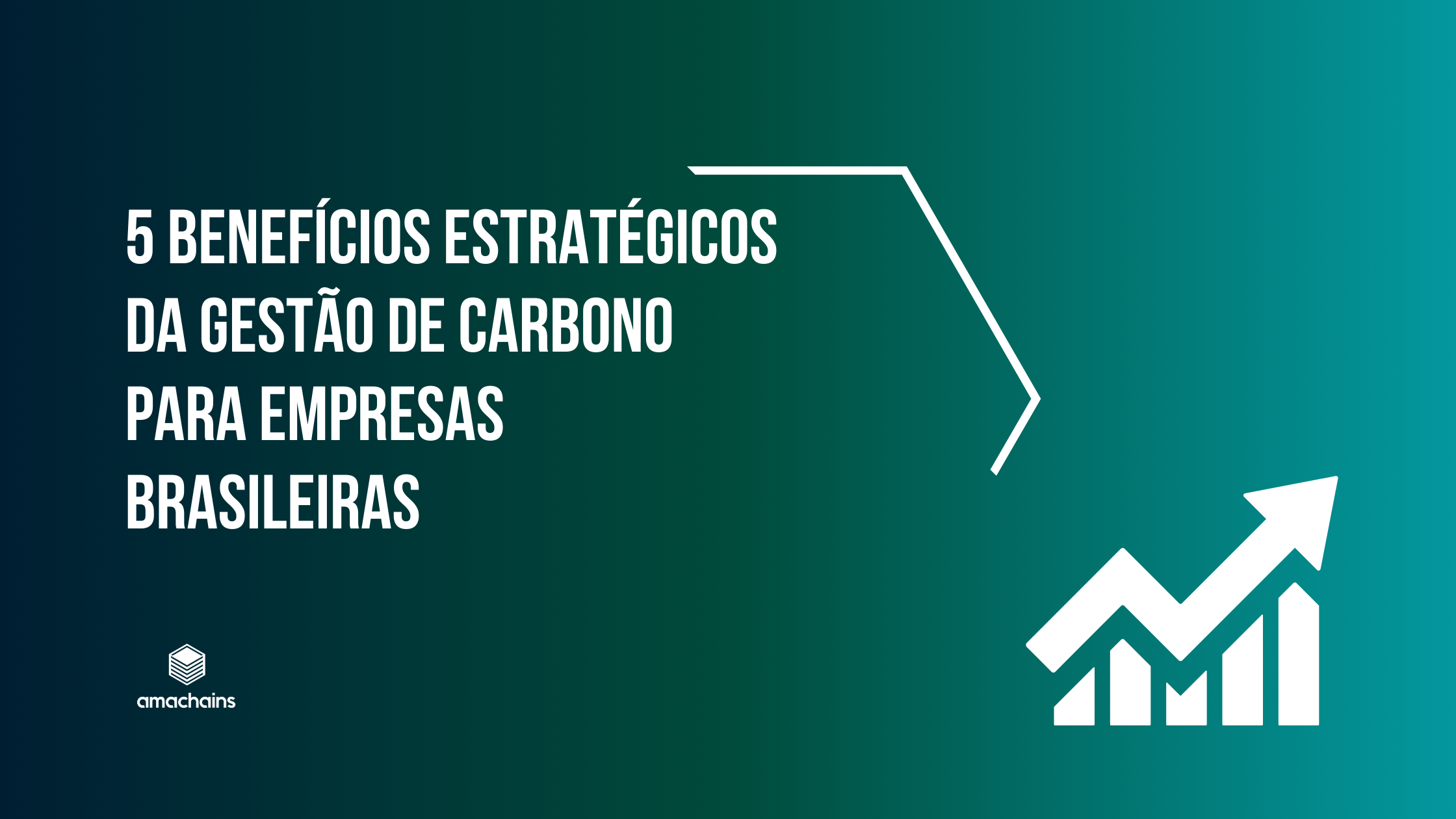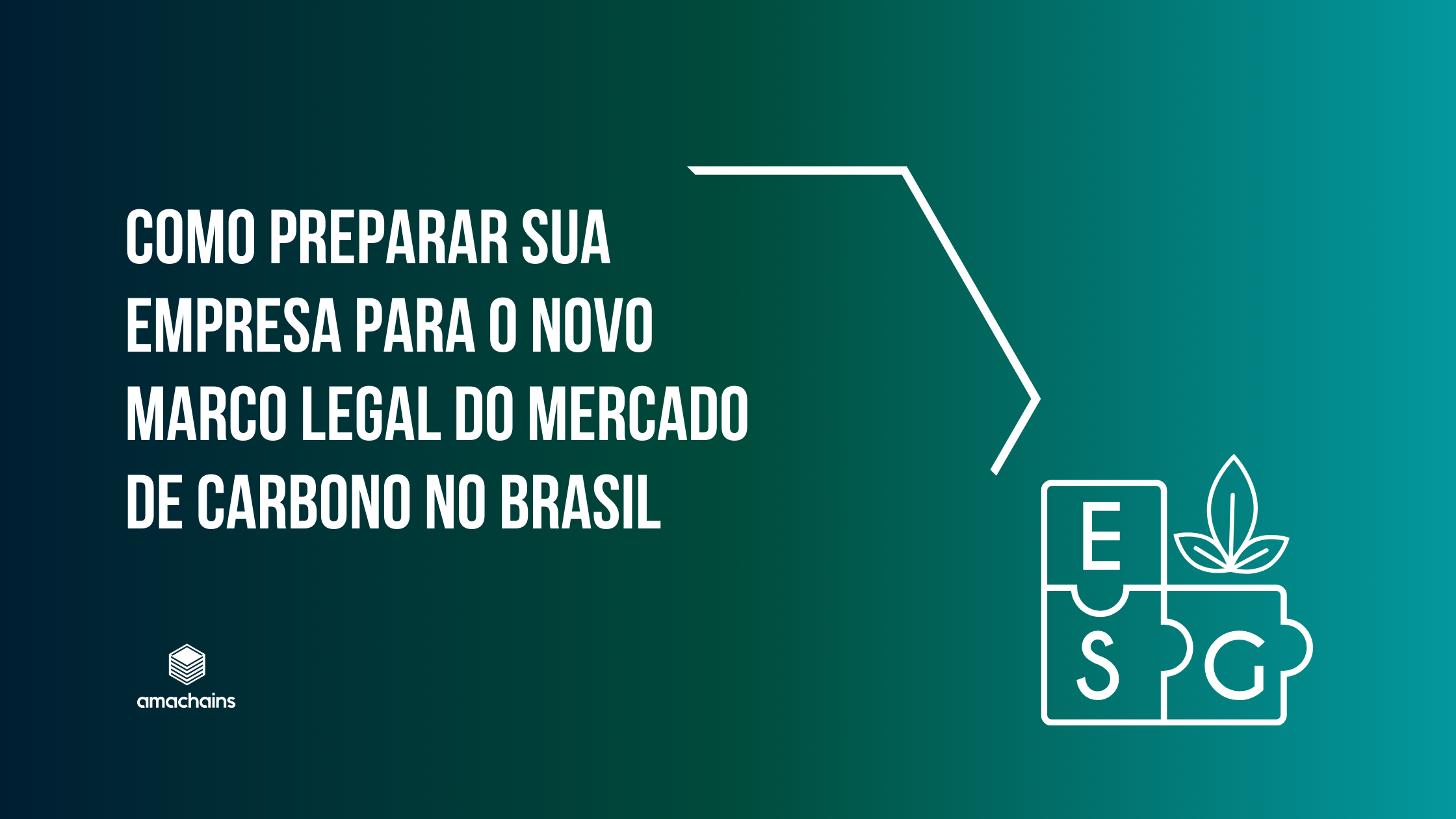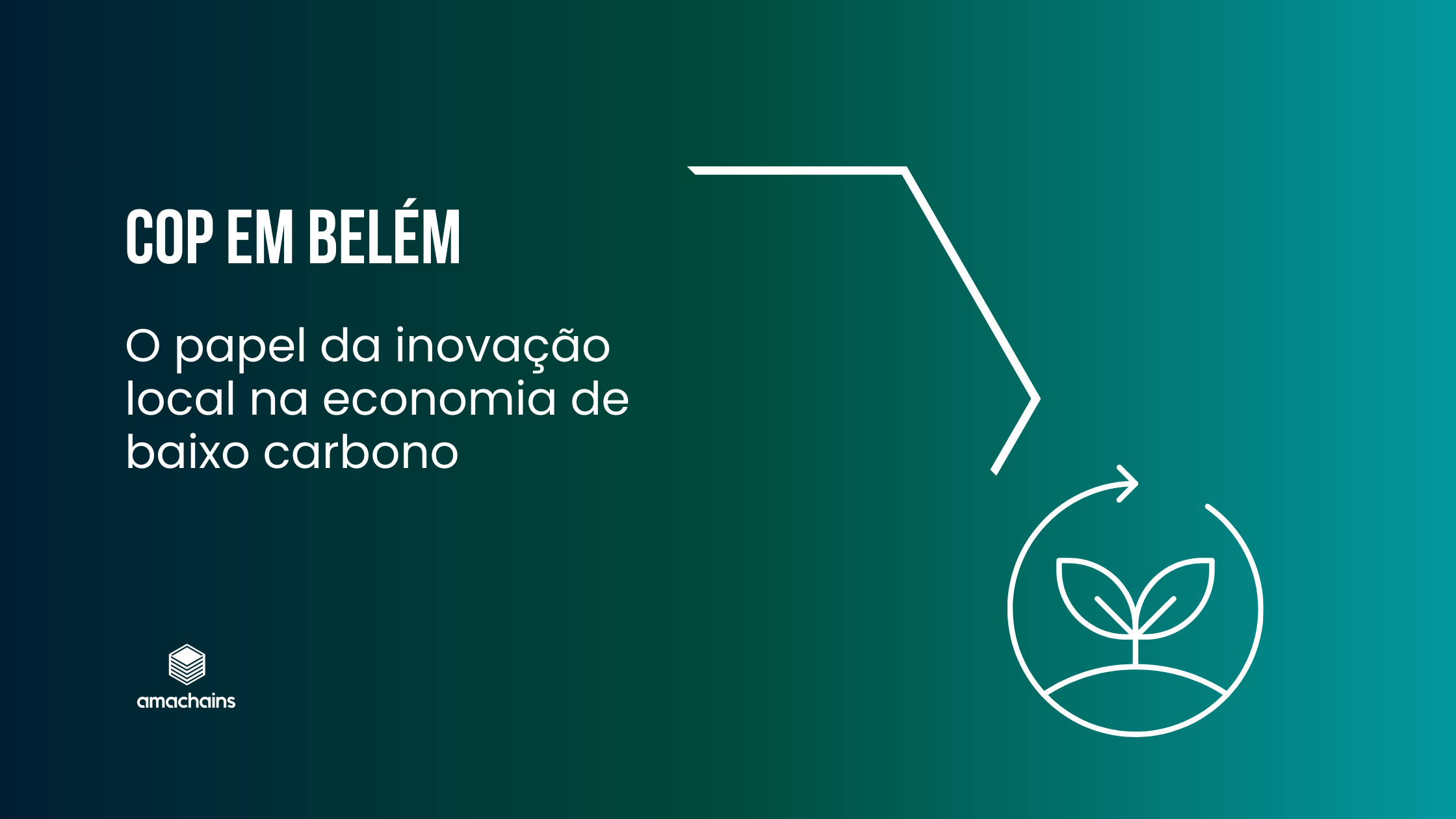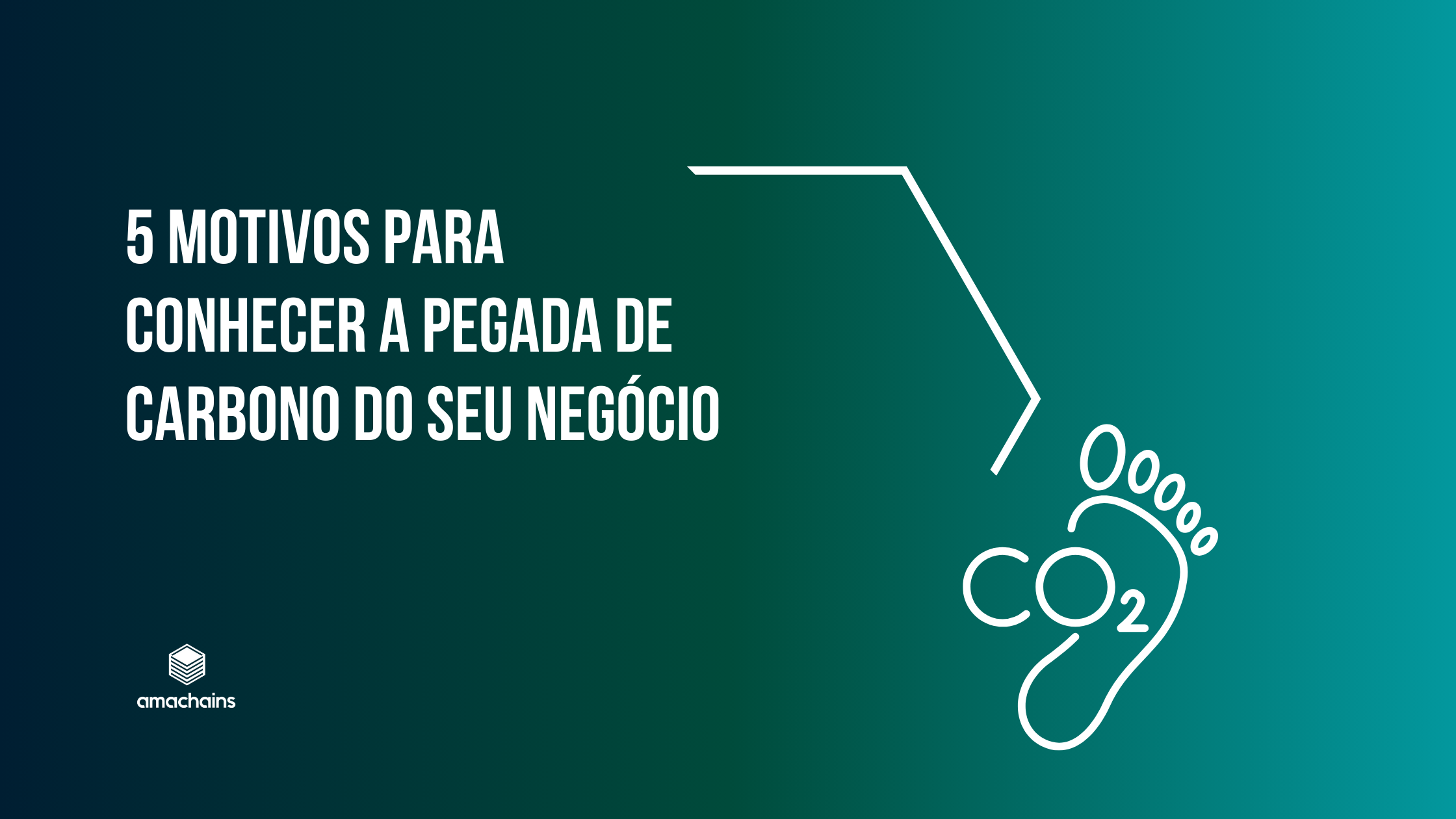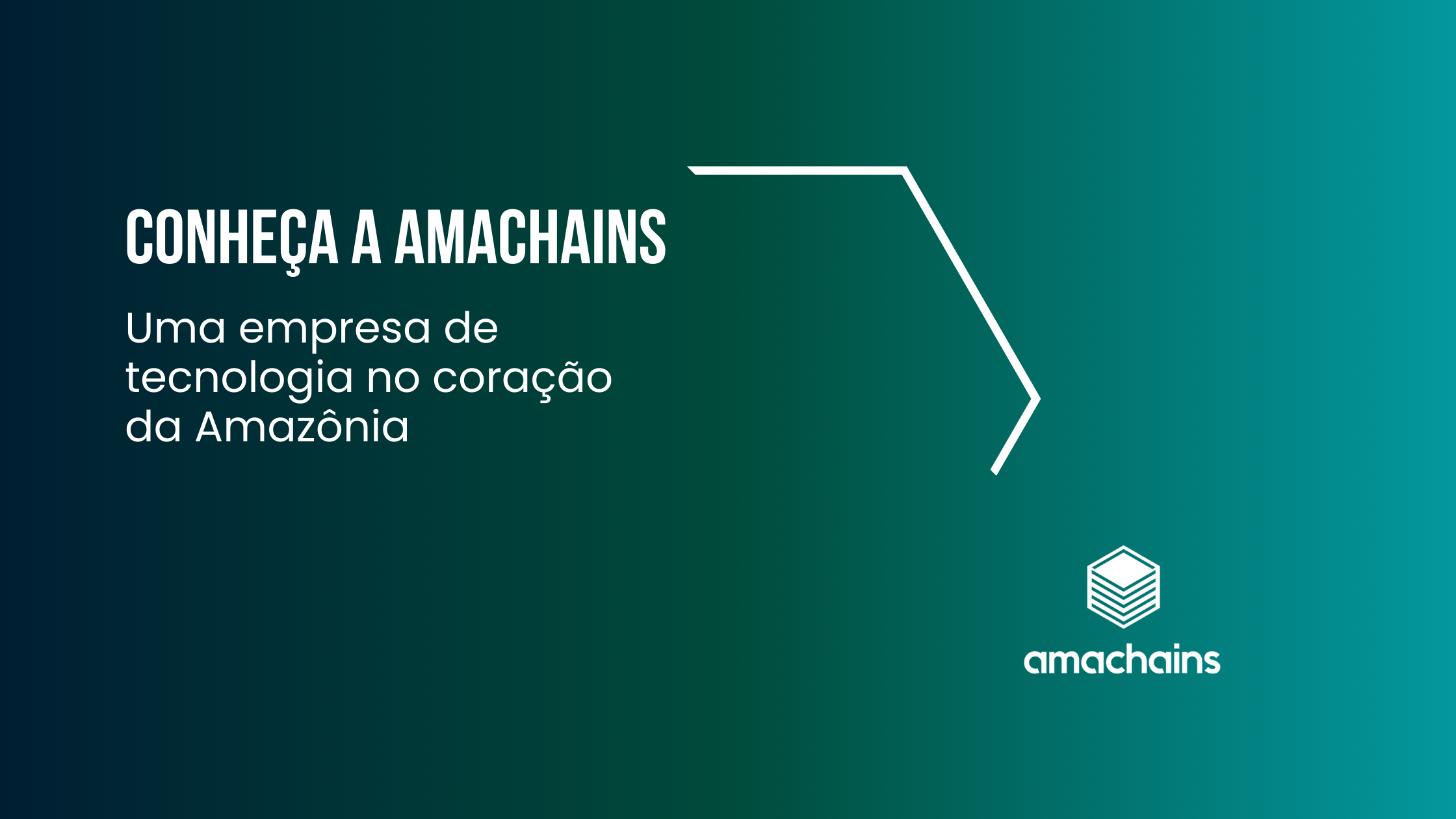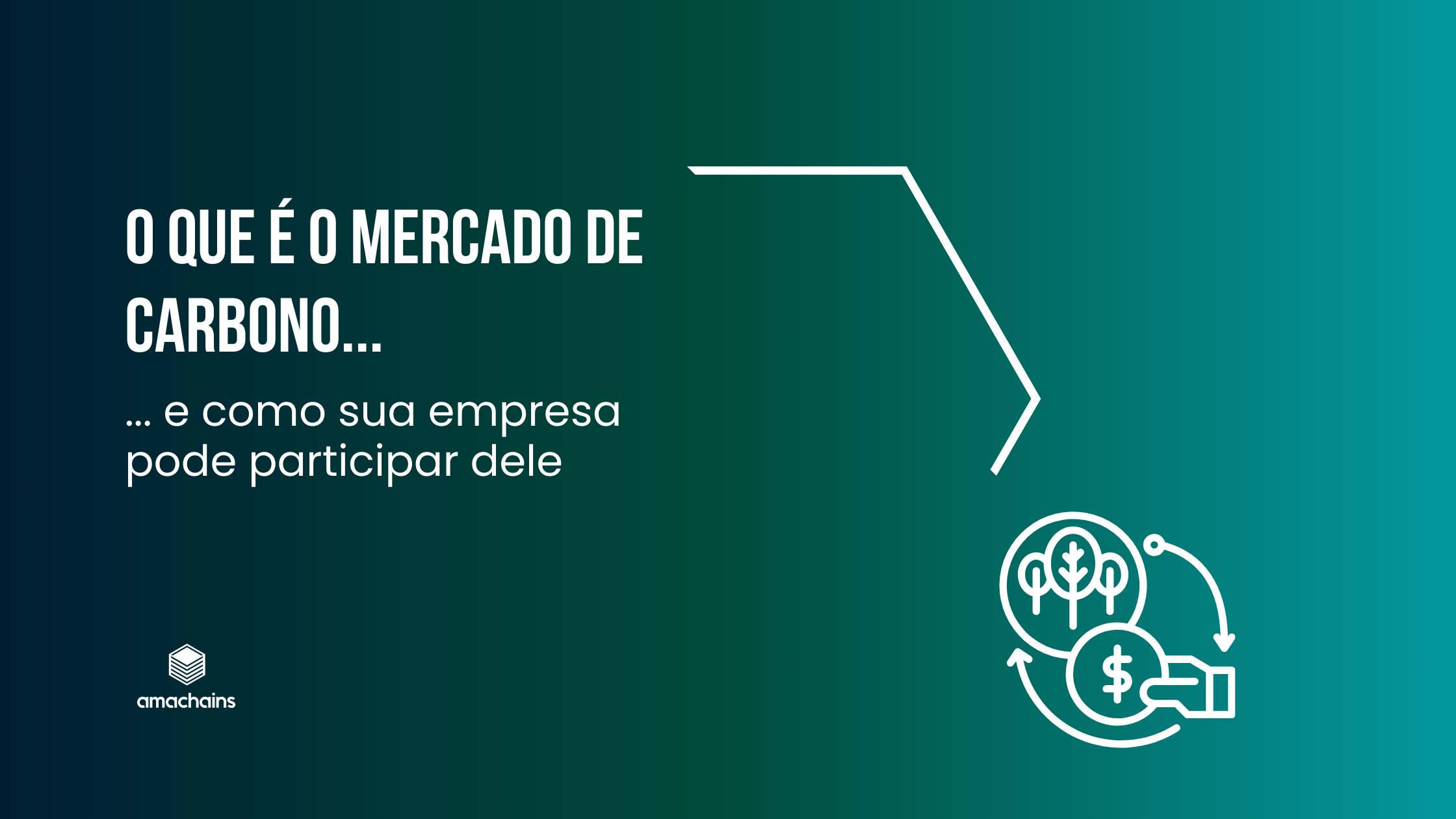The carbon market presents Brazil with a range of opportunities for economic, technological and social development. With a large area of forest in its territory, the country is emerging as one of the main players in the generation of carbon credits. Studies indicate the potential for Brazil to account for 15% of the global voluntary carbon market by 2030.
To understand Brazil's opportunities in this market, it is essential to understand how the carbon credit exchange instrument works and how the preservation of forest areas can be transformed into economic, technological and social incentives.
Understanding Carbon Credit Generation:
The generation of carbon credits is closely linked to the carbon absorption capacity of natural ecosystems, such as forests. As trees carry out photosynthesis, they capture carbon dioxide (CO2) from the atmosphere and store it, acting as carbon sinks.
With 62% of preserved forest area in its territory, Maintaining this territory represents a large part of the planet's carbon capture. In other words, by preserving and expanding areas of native forest, Brazil can enhance this capacity and generate carbon credits, which can be traded on the international market.
Mechanisms for Generating Carbon Credits:
There are different mechanisms that can be used to generate carbon credits from the preservation of native forests. The best known is the Clean Development Mechanism (CDM), which allows developing countries to receive credits for projects that reduce greenhouse gas emissions. Another option is the REDD+ program (Reducing Emissions from Deforestation and Forest Degradation), which aims to reward the preservation of forests and promote sustainable practices.
Monitoring and Verification:
The success of carbon credit generation projects depends on a rigorous monitoring and verification process. This involves the use of advanced technologies to assess the health of forests, the amount of carbon stored and the prevention of illegal activities such as deforestation. The accuracy of these measurements is essential to ensure the legitimacy of the credits generated.
Technological development
The demand for new technologies paves the way for the development of new fields in the Brazilian economy. With new and very specific needs, the carbon market is emerging as an important driver of a new economic logic based on forest preservation.
Bureaucracy and Regulation:
The process of generating carbon credits is also subject to specific regulations. Projects must meet criteria established by international and national organizations and must obtain appropriate approvals and certifications. The bureaucracy involved aims to ensure the environmental integrity of projects and transparency in the carbon market.
Challenges and Opportunities:
As a nascent new economic base, the carbon market requires investment and regulation. Implementing monitoring of carbon credit generation projects is a key challenge. Issues such as initial financing, infrastructure for monitoring, and the need for local community involvement may be obstacles to overcome. By overcoming these challenges, the country can open doors to new investment opportunities, collaborate with international emissions reduction targets, and strengthen its position as a champion of environmental sustainability.
A development strategy
Preserving native forest areas in Brazil is not only an environmentally beneficial strategy, but also a potential source of carbon credit generation. By understanding and addressing the technical and bureaucratic challenges associated with these projects, Brazil can not only contribute to climate change mitigation, but also seize valuable economic opportunities in the global carbon market. The pursuit of sustainability thus becomes a catalyst for the country’s sustainable development.

